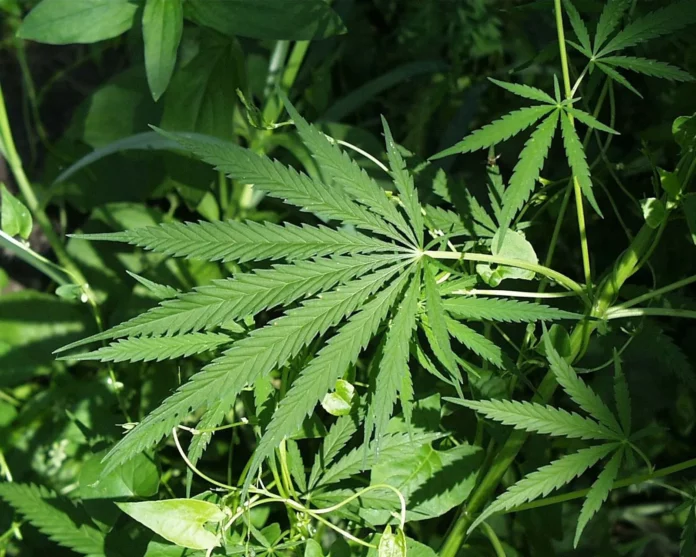The drug commonly used for enjoyment and coping purposes may lead to cognitive, sleep and other somatic issues
By KATIE HELLMAN — science@theaggie.org
Cannabis, also frequently referred to as marijuana, weed or pot, is the most commonly used federally illegal drug in the United States. Marijuana affects parts of the brain that control movement, memory, learning and decision-making. It is considered a Schedule One substance under the Controlled Substances Act, meaning it meets the requirements of having a high abuse potential and is not approved for federal medical use. It is currently legalized for medicinal and recreational use in 24 states as well as the District of Columbia.
UC Davis Health researchers and scientists at the University of Washington surveyed teenagers in a six-month-long study published in Psychology of Addictive Behaviors that aims to provide insight into why young people use cannabis.
“The study tested whether internal cannabis motives (coping and enjoyment) mediated longitudinal associations between cannabis demand, use (hours high), and negative consequences,” the study reads. “Mediation models revealed that enjoyment motives mediated the association between amplitude and persistence and use. In addition, coping motives mediated the association between amplitude and negative consequences.”
The greater the demand and desire that teenagers had for cannabis, the more likely they were to use it for enjoyment and coping purposes, according to the results of the study. The teenagers who fell into this category were also more likely to use greater amounts of the drug and suffer from negative side effects.
A study detailing the self-reported consequences of marijuana use revealed that issues with productivity, relationships, paranoia and time management skills were only some of the problems experienced by marijuana users.
“Sleep and cognitive (including attention and concentration), motivational, and memory issues were the most frequently listed self-generated negative effects of marijuana among this sample of young adult students,” the study reads. “Other self-generated types of consequences included eating (e.g., eating too much), problems with lungs or coughing, feeling antisocial or experiencing social awkwardness, physical difficulties (e.g., feeling dizzy, sick, uncoordinated), not getting things done, and spending too much money.”
Cannabis is currently a public health concern; about 15 percent of teenagers report marijuana use in the past month and about 9 percent of users become addicted. The risk of eventually becoming addicted to cannabis or developing a cannabis use disorder increases if the age of onset of cannabis use is younger.
“Marijuana is linked to school failure… Compared with their peers who don’t use, students who smoke marijuana tend to get lower grades and are more likely to drop out of high school,” the National Institute on Drug Abuse marijuana brochure reads. Additionally, “high doses of marijuana can cause psychosis or panic when you’re high” and “can worsen psychotic symptoms in people who already have the mental illness schizophrenia, and it can increase the risk of long-lasting psychosis in some people,” according to the brochure.
Despite the addictive nature of marijuana, users who wish to limit or eliminate their drug use can do so with the help of methods like behavioral therapy, psychoeducation and inpatient or outpatient programs.
Written by: Katie Hellman — science@theaggie.org




